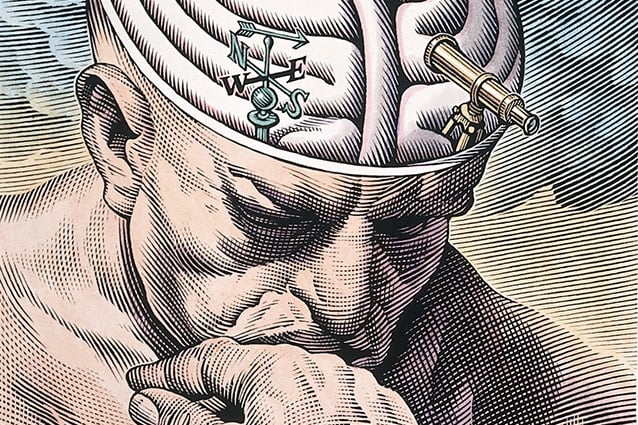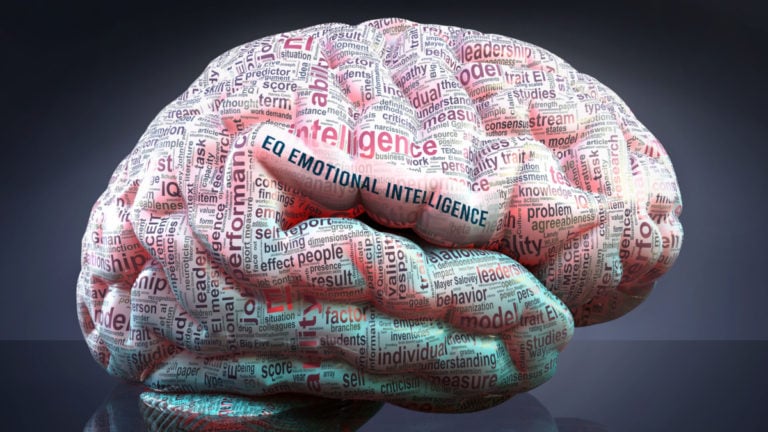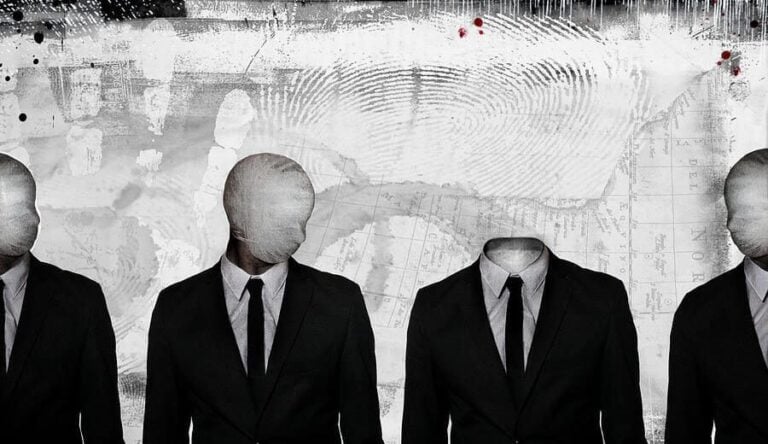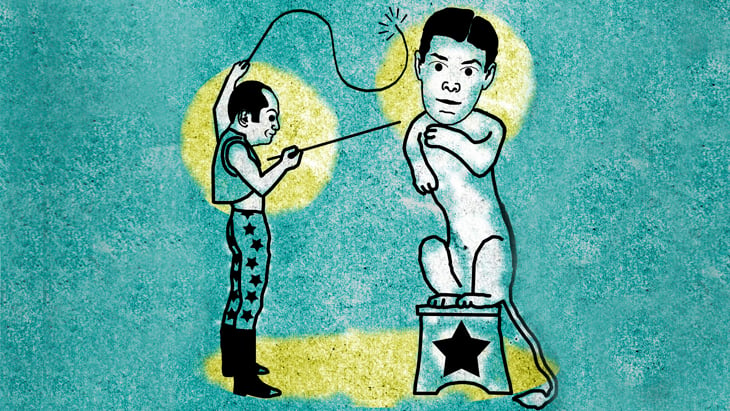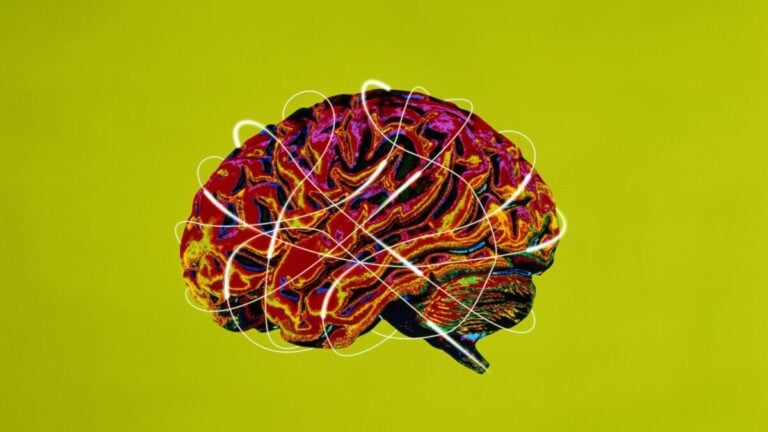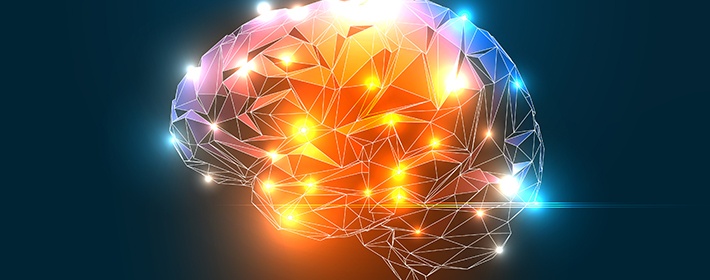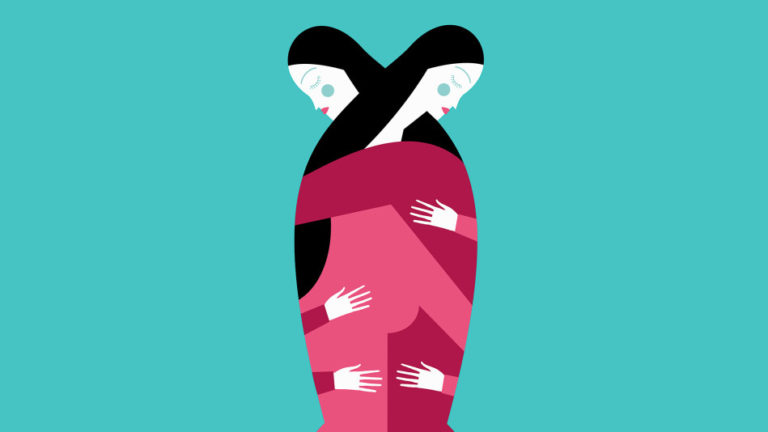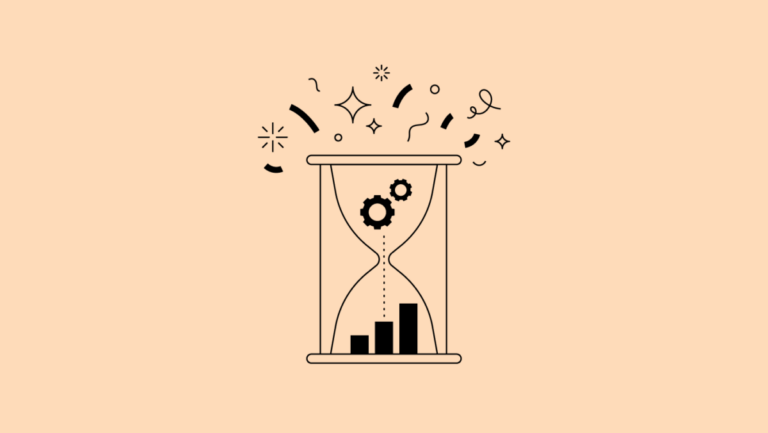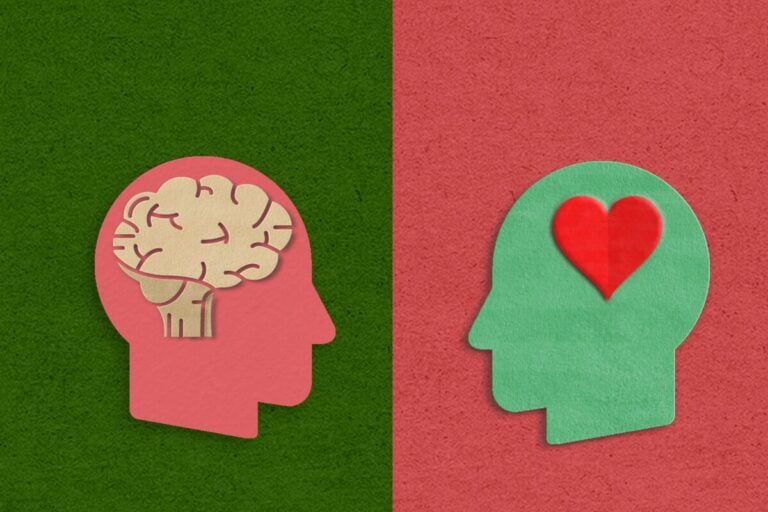“The world is my image.” The views proposed by Schopenhauer, a German philosopher born in Gdansk more than 200 years ago, are now increasingly resonating in scientific research.
It is well known that people perceive colors differently, which is influenced by both the perspective of the gaze and the individual structure of the organ of vision and brain activity. Most people also understand how different the perception of the same social situation can be depending on how they feel at the moment or influenced by past experiences.
Behavior and beliefs are influenced by unconsciously functioning stereotypes. Research by Ryan Stolier and Jonathan Freeman sheds new light on how simplistic beliefs affect other people’s perceptions and relationships. Is it possible to stop thinking in stereotypes if they affect a person, even if he does not consciously follow them?
What are stereotypes?
They may arise from one’s own experiences with members of a particular group, but are often distributed over the years based on historical events or past principles—for example, the perception of African Americans as less intelligent and more aggressive due to their slave past. Stereotypes are easily fixed and built into the mind for several reasons.
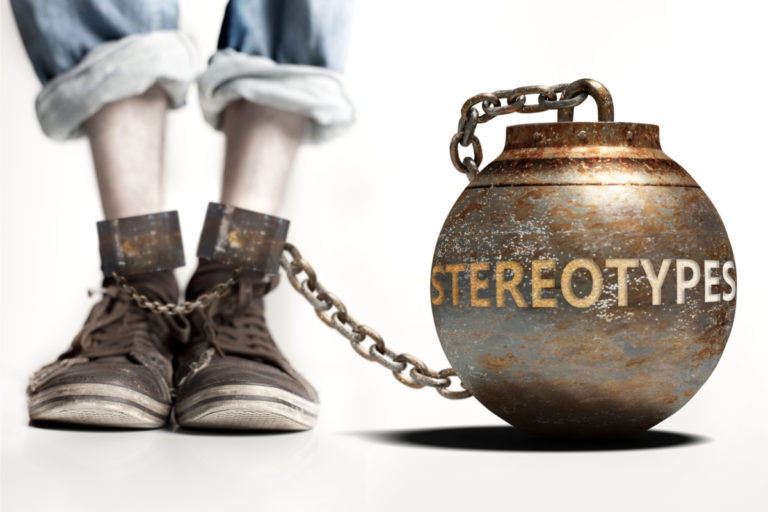
Stereotypical thinking allows you to simplify a complex reality. Without wasting time getting to know another person, you can quickly assign stereotypical traits to him. Of course, this is very harmful and does not take into account individual differences in the group at all, but it saves time and requires less effort.
Stereotypes make people feel better in a group. They increase the value of the social group to which a person belongs. It is not easy to resist the temptation to raise self-esteem, especially for people with low self-esteem. That is why stereotypes are perpetuated for several generations – in the social environment, in the media, in families, there are behaviors, attitudes, jokes that convince one of the correctness of following the stereotype.
Stereotypes hurt. Seeing others through negative stereotypes is harmful and has unpleasant psychological, social and economic consequences when prejudice results in discrimination against group members. One example is the lower earnings of women compared to men in the same positions.
Is it possible not to think in stereotypes?
The subjects considered the face of the African American hostile, although it did not express objective anger. The woman’s face is happy, although objectively it did not express joy. The Asian face is female, regardless of the gender of the person in the photo.
The stereotypical evaluation obtained during the milliseconds of observation of the image overlaid the rational and meaningful analysis obtained later. Respondents’ automatic reactions were in line with common stereotypes – about the hostile attitude of blacks, about the softness of women, or about the feminine traits of Asians.
Interestingly, these results have also been confirmed in studies that use brain imaging. The activity in the region of the brain responsible for visual analysis of a face in response to an African American photograph was similar to the activity elicited by a photograph of a face objectively representing anger. Similarly, in response to the women’s faces, the same area was activated as when looking at faces representing joy. Asian faces (stereotypically considered female) induced stimulation similar to that activated by female faces.
The research of Freeman and his colleagues shows that even if a person is not aware of a stereotype that is culturally ingrained in the head, its mere presence in thought patterns causes one to see another person through the prism of one or another generally accepted stereotype. It does not depend on good intentions and consciously established views, as it happens quickly, automatically, and is beyond the scope of rational analysis.
Feedback
In addition, previous research suggests that how another person’s face is perceived influences behavior.
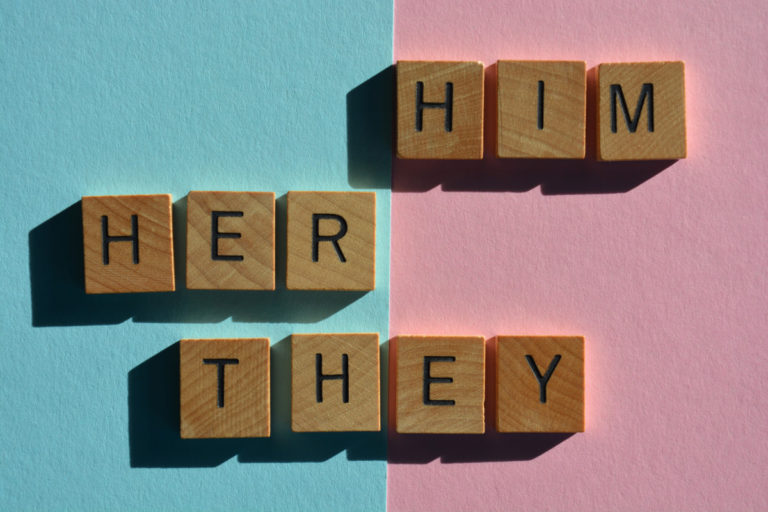
So, under the influence of unconscious prejudice, the brain makes you see the other person in accordance with some stereotype. Therefore, the response behavior confirms this stereotype. Thus, the patterns are further strengthened in the system of thought.
Empathic guide – how to stop thinking stereotypically
Just as driving an automatic car is easy, fun, and has many benefits, stereotypes can also be useful when they are accurate enough to conserve cognitive resources, that is, mental energy that can be used for other tasks.
However, many drivers lack the feel of a car in “automatic” gear shifting in response to engine sounds, traction or driving dynamics. Also, is it safe in a fully automated car – acceleration and deceleration are also out of control…?
To stop thinking stereotyped and responding to harmful stereotypes, it is worth going to the “empathic guide”. Based on the results of Stolier and Freeman’s research, solutions should be sought that will reduce the bias operating at the unconscious level. But what can be done before scientists find effective solutions? Switch from a simple machine to an epmatic manual as often as possible.
The first step is knowledge and awareness
“I know there are stereotypes in the society I live in, in which I grew up, in which I function. I am aware that even if I do not agree with them, they can influence my perception and behavior.”
The second step is to notice
“I observe my relationships with other people, how I relate to them, how I react. I wonder if she was a woman / man, white / black, poor / rich – would my reactions be the same? How do I feel when Someone treats me stereotypically, for example, “Stupid Blonde”, “Aggressive Negro”, “Women-Loose Gay”? ”
The third step is sensitive action
Once out of the car and given a moment for conscious reflection, one can choose the actions subsequently taken in response to the second impression, based on awareness, perception and empathy. The latter allows you to “penetrate the skin of another person” – to look at the situation from his point of view, to feel the pain that he feels, then it is much more difficult to trample, humiliate, laugh.
Stop – think – feel
The path to changing established stereotypes of thinking, ingrained beliefs is not an easy path. This requires the interruption of well-established automatic processes.

As Slow’s philosophy becomes more and more popular, it might be worth applying it to your own thinking as well. It may not be possible to break the automatically working brain processes that influence the first impression made by another person, but it is worth making an effort to feel it and create a more adequate picture?
Sometimes a therapist, psychologist or coach is needed to uncover unfavorable ingrained patterns. Personal development workshops focused on developing empathy skills, non-violent communication, or building self-esteem and unlocking inner strength can be helpful.
Who controls human life – unconscious beliefs, automatic emotions, conflicting reactions? Stop, think, feel and take control of your life.
